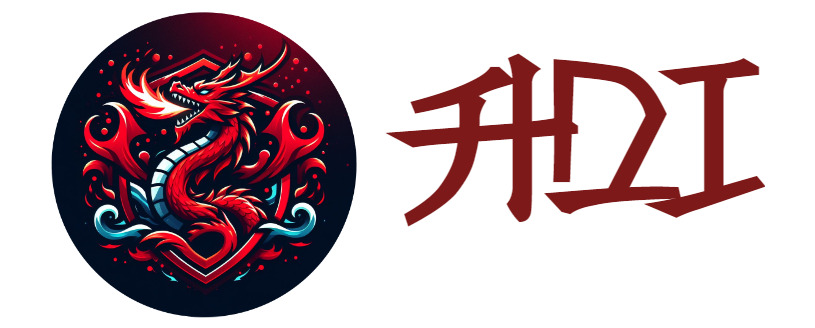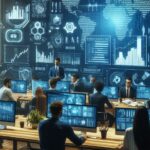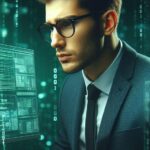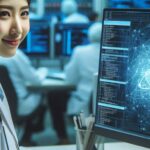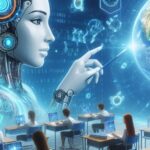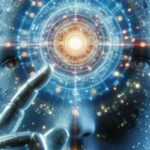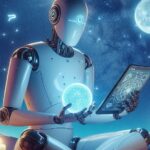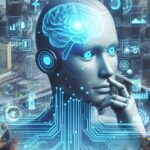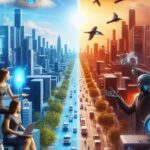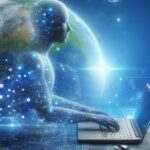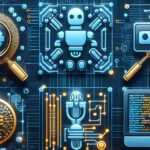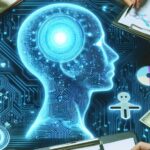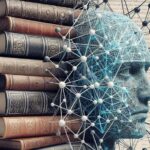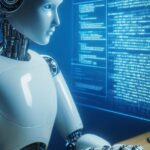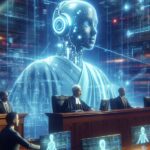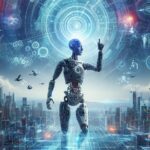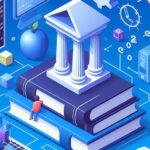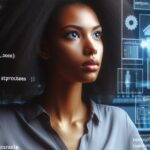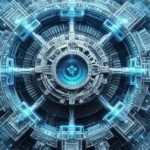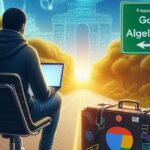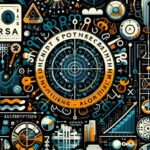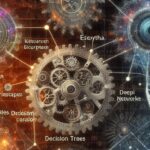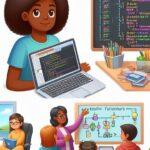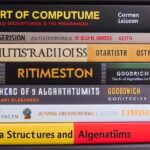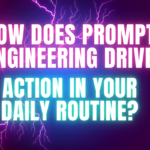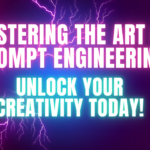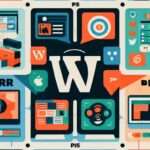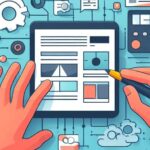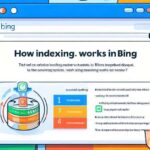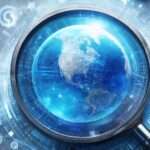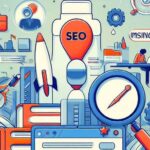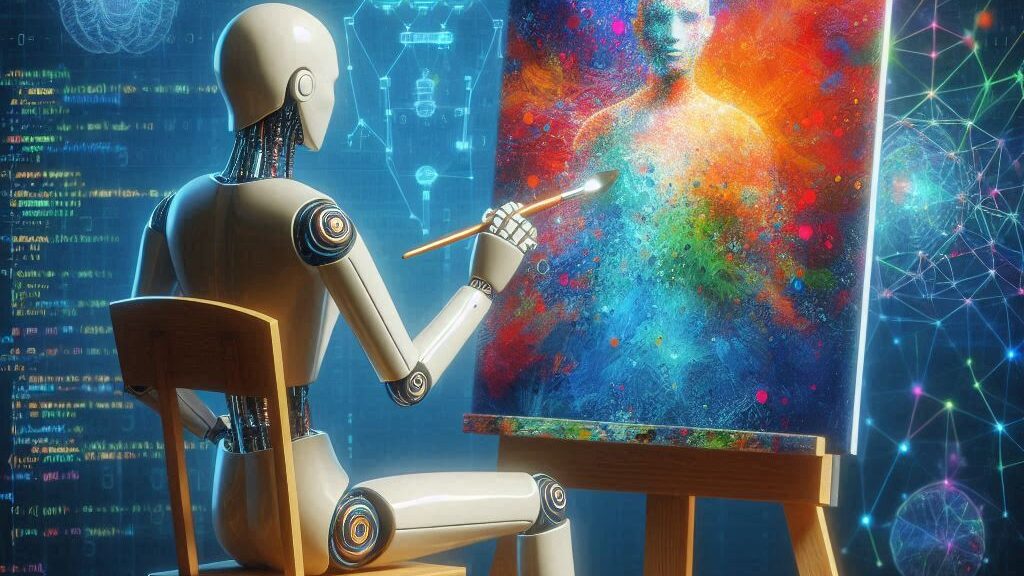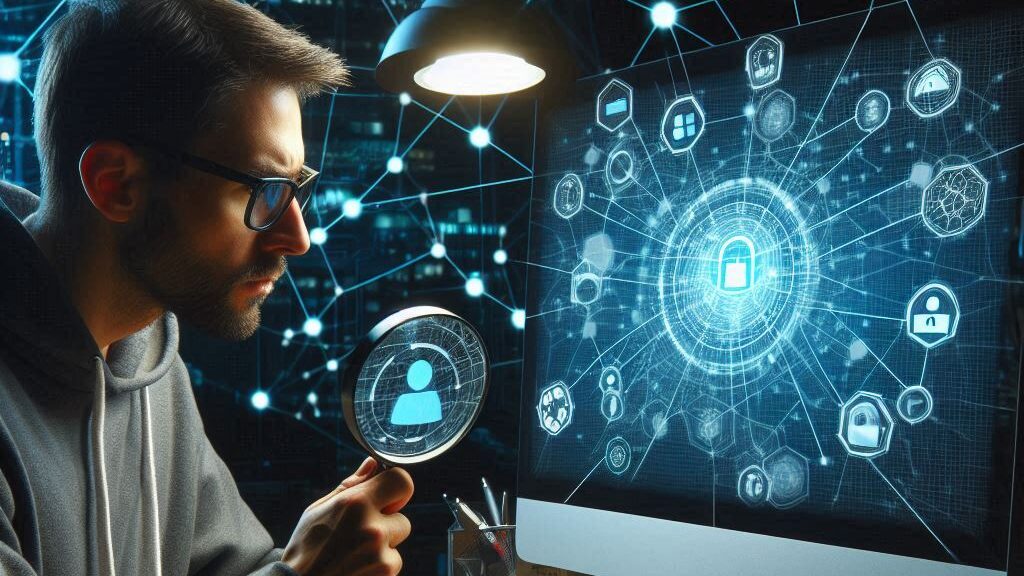Introduction
AI refers to Artificial Intelligence, the robot that is already being used in manufacturing, industrial production, and medical sectors, and will also make an impact in the artistic and creative world. The latter and the answer we are looking for is that it has caused the paradigm shift allowing machines to create art formerly only humans could. But is this the warning that AI is a danger to the creativity of an artist? Well, come with me, and let us get right into the most interesting topic.
Table of Contents
The Advent of AI in Art
AI art appears to be more and more revolutionized with the AI coming forth in the art world. It has opened new ways, with the algorithms that can create awesome masterpieces. The artworks that were powered by AI, even received the bid at the auctions, specialized ones for arts, and that shows their acceptance in the art community.
But now another question pops out: will the boom of AI in art result in the general acceptance or rejection of it? Is AI helping to create art or is it destroying human artists’ creativity? If one was to ask the question simply, the answer would not appear to be as simple as it would initially look.
AI as a Tool for Artists
One point of view is to see AI as a function tool for example, like a paintbrush or a chisel. In the same way that these tools do not lower the creativity of an artist, AI can be considered as another tool in an artist’s toolbox. Besides opening new directions, it can help artists try new styles, methods, and thoughts, expanding their impact on the world.
AI, likewise, can handle the rather monotonous aspect of the art design work, thereby releasing the artists for them to spend their time reflecting and creating beautiful concepts. In this way, AI can be a great friend for artists and will not make them stop from being creative.
The Threat of AI to Artistic Creativity
While this may be true, there is also fear of the fact that AI will be used to overshadow human artists. In case the Level can produce a work of art that is not differentiable or even significantly better than humanity’s arts then where remains an artist human being?
The great worry is that AI art may become the standard, with human art being pushed aside. This may as well limit or even prevent artistic creativity as artists may want to adhere to the preference of AI which suits their designing styles and techniques.
Art is a deeply human activity, which can be often found in the reflections of emotions and personal experiences. Whether robots can be credited as artists or merely mechanics is one of the central questions about the presence of human features in works created by them.
The Democratization of Art through AI
Artificial Intelligence (AI) is a tool that can be used to make art accessible to everyone. For centuries, art was an elite activity that a person had to be born into or should be qualified for, which usually took a long period and effort to master. Moreover, the reach of AI allows more people to create art, unlike the traditional ways where you need to be artistic. This makes the world of art available to a much larger group of people, which in turn increases the number of people who can express their creativity. However, this mass democratization also yields some problematic questions like the price of quality and skill in such trade. If everybody is an artist and using the AI in question, does it devalue art that human effort was put into it for decades and years of training it?
The Evolution of Art Styles with AI
AI is also affecting the development of art styles. AI algorithms use Large data analysis where they have access to thousands of artworks. It helps AI produce art by blending a set of styles and ending up with entirely new styles of art. This could mean the beginning of an exciting time for innovation in art. Yet, it also poses a threat to the preservation of the traditional styles. And therefore more efforts will be needed to ensure its survival. If AI-generated art becomes mainstream will artists try to cling to their old art styles?
The Role of AI in Art Appreciation and Critique
AI is not only making art but also the way we appreciate and critique art is changing. AI algorithms are capable of perceiving artworks in a different way than humans do, and they can scrutinize the details and patterns that even a human eye can miss. This could thus give the chance for new findings and comprehension of art.
Create your Post! Nevertheless, art assessment and critique have always been subjective, depending on individual interpretations and feelings. If AI becomes a major contributor to art critique eventually it would bring significance for objectivity but it could involve a lack of emotional involvement in art appreciation.
The Ethical Implications of AI in Art
In addition, the application of AI for art poses interesting ethical issues. For example, where does the copyright of AI ones sit with art belongs? Who is the real creator of the AI, the creator of the AI, the user who used the AI to create the art, or the AI itself? And then the question of originality comes; will the robot be able to think of something out of the box and come up with something truly innovative? If an AI creates art based on already existing artist’s works, then is the work in question original, or the AI is simply copying the art? These are the hard issues that will have to be solved when AI is more and more involved in the art world.
AI and the Question of Authenticity in Art
Art is frequently appraised by its genuineness, the imprint of the artist that rings in every piece, names it a one-of-a-kind. Through AI art generation, the concern of fake authenticity is instead that. All in all, is a machine able to create something unique, or is it just mimicking the patterns it has learned from its training data? The pertinent issue here is: whether art is valuable only for creating beauty or to step outside what we know. There is a possibility that this may upheave the principle of the regular art market.
AI and the Future of Art Education
Along with the impact of AI being visible in art, AI also brings challenges to the education of arts. What will it mean for art students if AI can make art? Should they use the traditional techniques introducing them to these tools or should they be trained in applying AI tools themselves? Such an outcome could result in a timely change of art curricula, making a greater share of the programs concerned the AI knowledge use. Yet, it is also a danger that traditional art skills may be devalued or even lost.
AI, Art, and Accessibility
Artificial intelligence, moreover, gives art the chance to be more widely available. AI helps art to be produced and appreciated by people who may not have had a lack of access to art, including very physically disabled people and those who live far from large cities. This might be the beginning of an art world that is more inclusive, where anyone can take part in the creative process and enjoy art. Apart from this, the digital divide and whether everyone can use the equivalent of these AI tools and or the repeated risk of being unfairly treated is another challenge.
AI and the Commercialization of Art
In conclusion, AI could be the reason behind the commercialization of art. AI can help create artwork very fast and in large amounts. Therefore, this could be something business owners would find appealing. As a result, a considerable increase in AI-photo in art use would be expected to occur for advertising, entertainment, and other fields. Though this could open up new vistas for the artists, it could also result in the commercialization of art where the art would be valued more for its commercial worth than its artistic value.
Conclusion
Ultimately, the AI will eliminate or enhance artists’ creativity is a convoluted argument that has a lot of arguments up and against it. It thus lies in the hands of humans themselves how will they make use of AI in the field of art.
AI can be a tool for artists to use, which will help the art world become more creative. Nevertheless, if AI competes with human artists, it would no doubt pose a danger to artistic benefits. As with any technology with a strong potential, the crucial task is to find a balance that uses it in the right way while dealing with dangers.
This is an interesting time for the combination of art and technology and I am looking forward to the future when this relationship will be shaped. One thing is certain: the art of AI is one of the topics which is eagerly debated. It’s just getting started.
